Four public South Dakota universities would start offering research and training in an emerging field of technology that promises to solve complex problems in minutes instead of years, if lawmakers approve a $6 million plan.
Jose-Marie Griffiths, president of Dakota State University in Madison, S.D., is leading the charge to put the state at the forefront in quantum computers, which are far faster and more capable than any of the largest, most complex supercomputers already in use.
"We need to be in the game. And if we don't do this, when the federal monies start to flow for grants and contracts, we will miss out," she said. "If we don't have that basic introductory experience and expertise, then people are not going to come to us."
The entire push for a new Center for Quantum Information Science and Technology at DSU begins with a proposed $6 million state appropriations bill now under consideration by the South Dakota Legislature, Griffiths said.
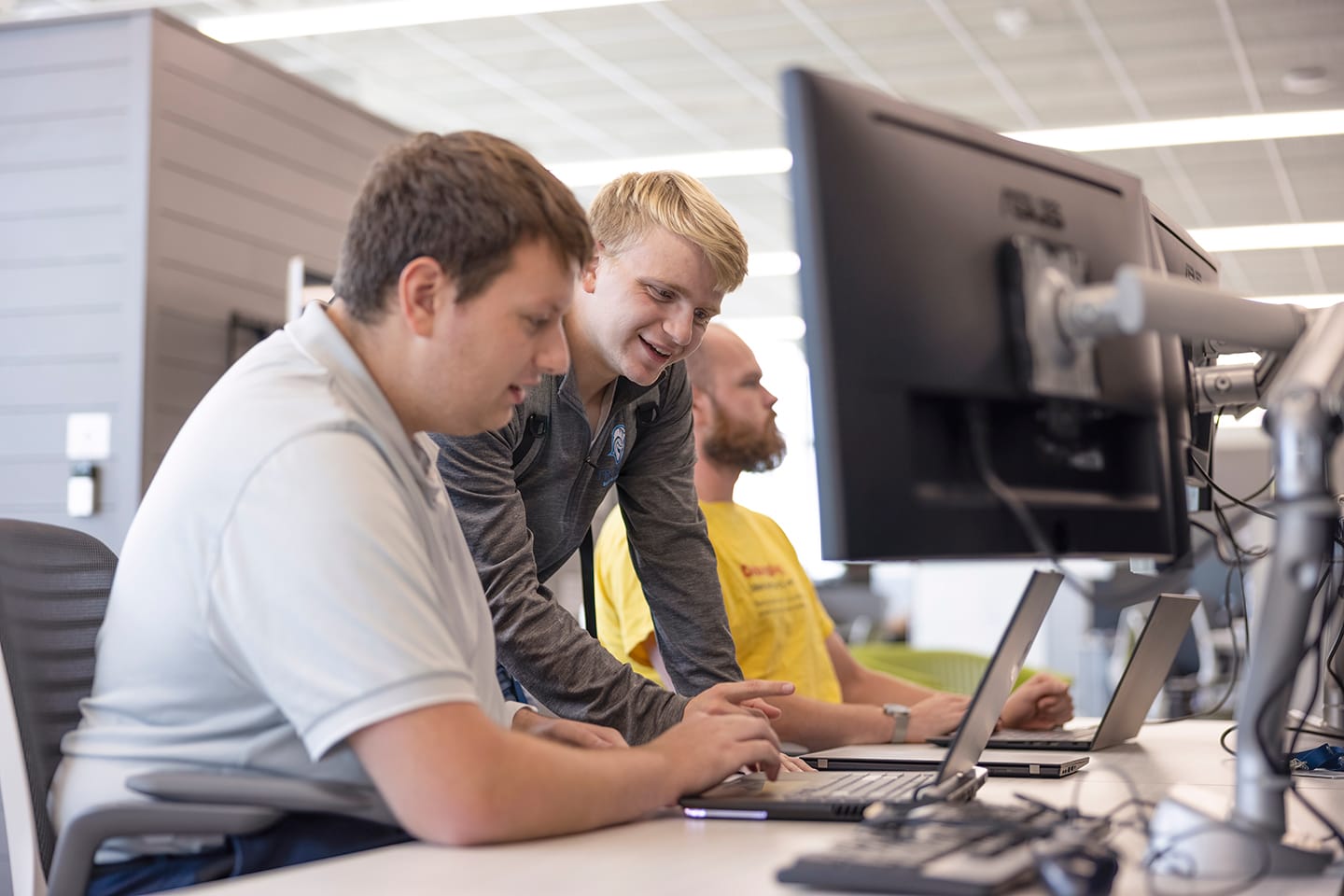
The funding won't buy a new building or even come close to affording an actual quantum computer, which in its early form costs up to $15 million and requires an extremely cold environment in which to operate.
Instead, the money would largely be used over four to five years to fund a handful of new faculty positions and graduate student slots at DSU, the South Dakota School of Mines and Technology in Rapid City, S.D., the University of South Dakota in Vermillion, S.D., and South Dakota State University in Brookings, S.D.
The funding measure, Senate Bill 45, had its first hearing before the Senate Education Committee on Jan. 25 and passed on a 6-0 vote to move ahead to the Appropriations Committee.
The bill saw support from university leaders, the Sioux Falls and South Dakota chambers of commerce and Elevate Rapid City. Lawmakers asked questions about the technology and its possible uses, the timing of development of quantum computers and if more state funding would be needed to support the quantum center in the future.
Sen. Tom Pischke, R-Dell Rapids, said he is confident DSU officials will be able to obtain outside investment to move the quantum program forward, and he voted to approve the $6 million expenditure.
“It’s exciting,” Pischke said.. “I don’t know where the future lies but I think this is something we should invest in.”
Goal of 'seed money' is to be an early leader in quantum computers
Griffiths refers to the initial investment as "seed money" to get the state positioned and recognized as an early leader in the field of quantum computers.
The machines will contain the capacity to quickly run equations, manage and manipulate data and solve problems that might take modern supercomputers many years to solve, if ever. Quantum computers, Griffiths said, could be used to predict weather, develop new medicines and vaccines, create new materials and products, and aid in national security and defense.

"Quantum computing is a totally new form of computation that's evolving but which leverages the capabilities of quantum physics and quantum mechanics, which is subatomic particles," Griffiths said in an interview with News Watch. "Basically, it's going to more than exponentially increase the power and speed of computers, and it's going to be able to do things that even all the supercomputers in the world put together today could not solve. And it's going to solve those problems in minutes and hours, rather than decades."
The technology is rapidly evolving but is still a few years away from wider, practical usage, Griffiths said.
The idea with the $6 million investment is to show the federal government and companies like IBM or Honeywell, which are leaders in the quantum field, that the South Dakota university system is a network they can rely on for new research, collaborations and education of future employees in a field expected to create tens of thousands of new high-paying jobs.
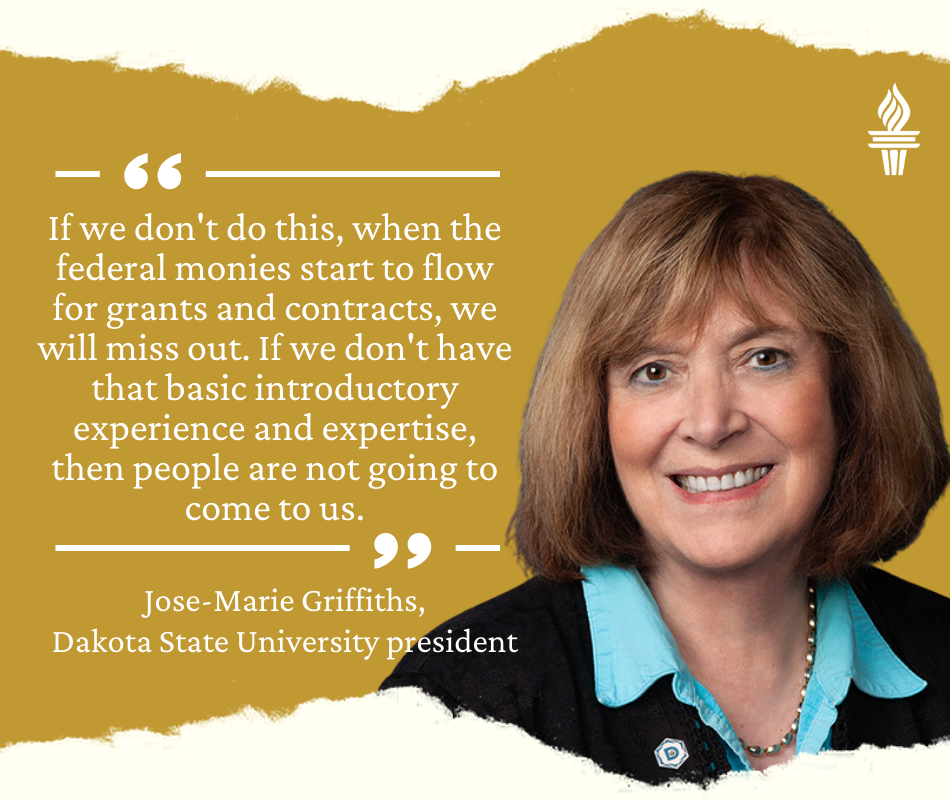
Strong support from Gov. Kristi Noem
The $6 million funding proposal originated with the South Dakota Board of Regents, and Gov. Kristi Noem shared her support for a quantum computer center during her annual state budget address in December.
“We have an exciting new opportunity for the jobs of the future,” Noem said. “For too long, our kids were moving out of South Dakota to access exciting tech jobs.”
Noem spoke to the wide range of applications of quantum computers, including cybersecurity, agriculture and health care. She noted that the state can use the funding to establish itself as a leader in the emerging field.

“Our universities will be on the cutting edge of quantum computing,” Noem said. “This is our fastest-growing industry, and South Dakota is making it a reality.”
While DSU would play a lead role in developing the quantum computer center, the $6 million also would be used to pay for new professors and graduate student spots at the four universities as well as travel, training and use of quantum computer simulators outside the state, Griffiths said.
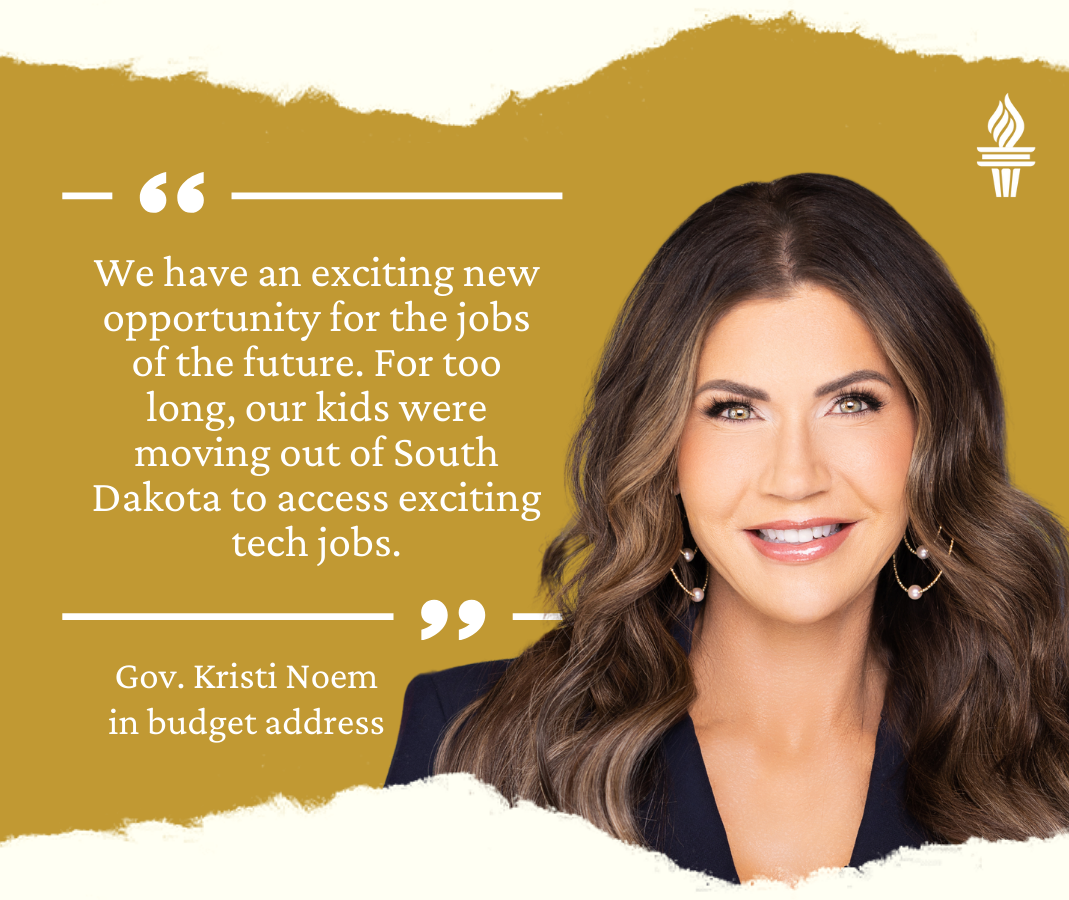
The South Dakota School of Mines in Rapid City is already conducting research into one element of quantum computers.
The National Science Foundation recently granted mines researchers with an $800,000 grant to explore use of two-dimensional layers of materials that can be used as tiny switches or a storage site to hold memory in quantum computers. Mines is also part of a multi-university project, known as the MonArk Quantum Foundry, aimed at developing 2D materials for quantum computers.
“It offers an opportunity to spin off new businesses and high-tech jobs in South Dakota,” Mines president Jim Rankin said in an October 2023 press release.
New technology, new concerns
As the power of computers grows, and as artificial intelligence plays a larger role in global society and economies, some scientists are urging caution in how these advanced technologies could be used either with intentional nefarious motives or by mistakes that manifest in negative outcomes.
Those concerns are shared by a growing portion of the American public, according to recent surveys by the Pew Research Center.
Survey results published by Pew in August showed that 52% of Americans are more concerned than excited about the rising use of artificial intelligence technologies, an increase of 14 percentage points from a study done just six months earlier. Pew also found that as people learn more about AI, their concerns rise rather than fall.
A recent Federal Trade Commission report further drilled in on what concerns experts have about AI, ranging from copyright infringement and misuse of biometric and personal data to the intentional or accidental introduction of bias or inaccuracy in AI-related programs and products.
A November 2022 article created by the Forbes Technology Council, while acknowledging myriad potential positive outcomes of quantum computers, also noted 13 concerns about the possible uses of the powerful machines.
“While quantum has the potential to solve incredibly complex problems in society today, it will be equally capable of being leveraged maliciously by nation-states in warfare,” Forbes wrote. "The power of quantum computing can be leveraged for bad purposes as well as good. And even when organizations have the best intentions, there are potential downsides that must be considered."
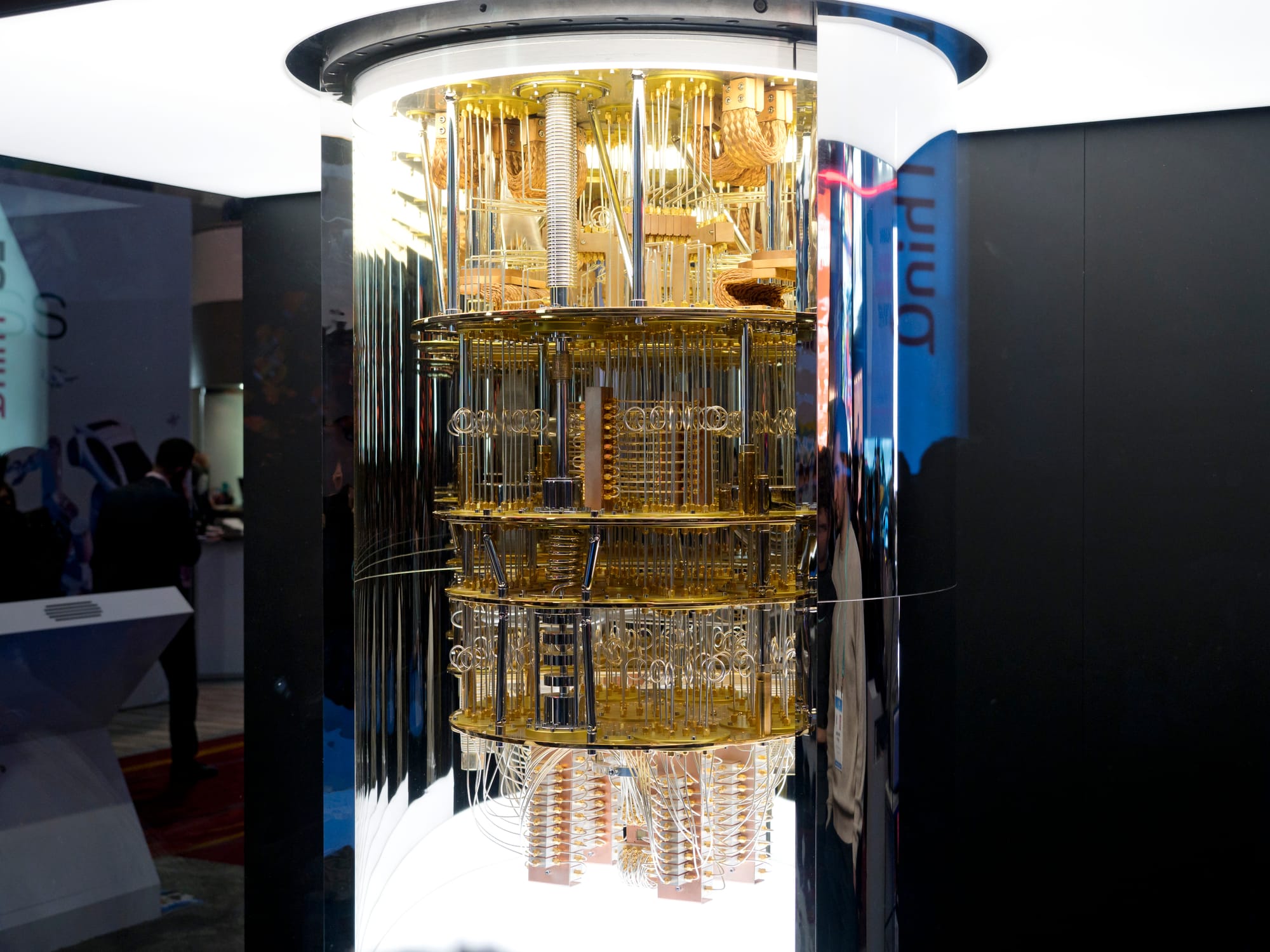
The article went on to urge those at the forefront of quantum technologies to begin considering how to manage or avoid negative outcomes before the technology ever reaches wide use.
“From security risks to environmental and social costs, the possible risks of the rapid growth of quantum computing must be considered, and governments and industries must begin the work of devising solutions,” the article said.
Dakota State University already leading in cyber technology
DSU already has established a 20-year track record of research and teaching in the field of cyber technology, which includes computer science and the new, rapidly expanding field of cybersecurity.
In 2019, the university opened Madison Cyber Labs, a 40,000 square-foot facility that focuses on advancing technology education at the K-12 and college levels, spurring economic development and innovation and furthering research in the cyber and computer arenas.
In 2022, DSU announced it will take the lead role in development of a $90 million expansion of cyber education and research through its Applied Research Lab, which includes a facility in Madison and a planned Sioux Falls, S.D., lab that will create several hundred jobs and be a leader in the fields of technology and cybersecurity.
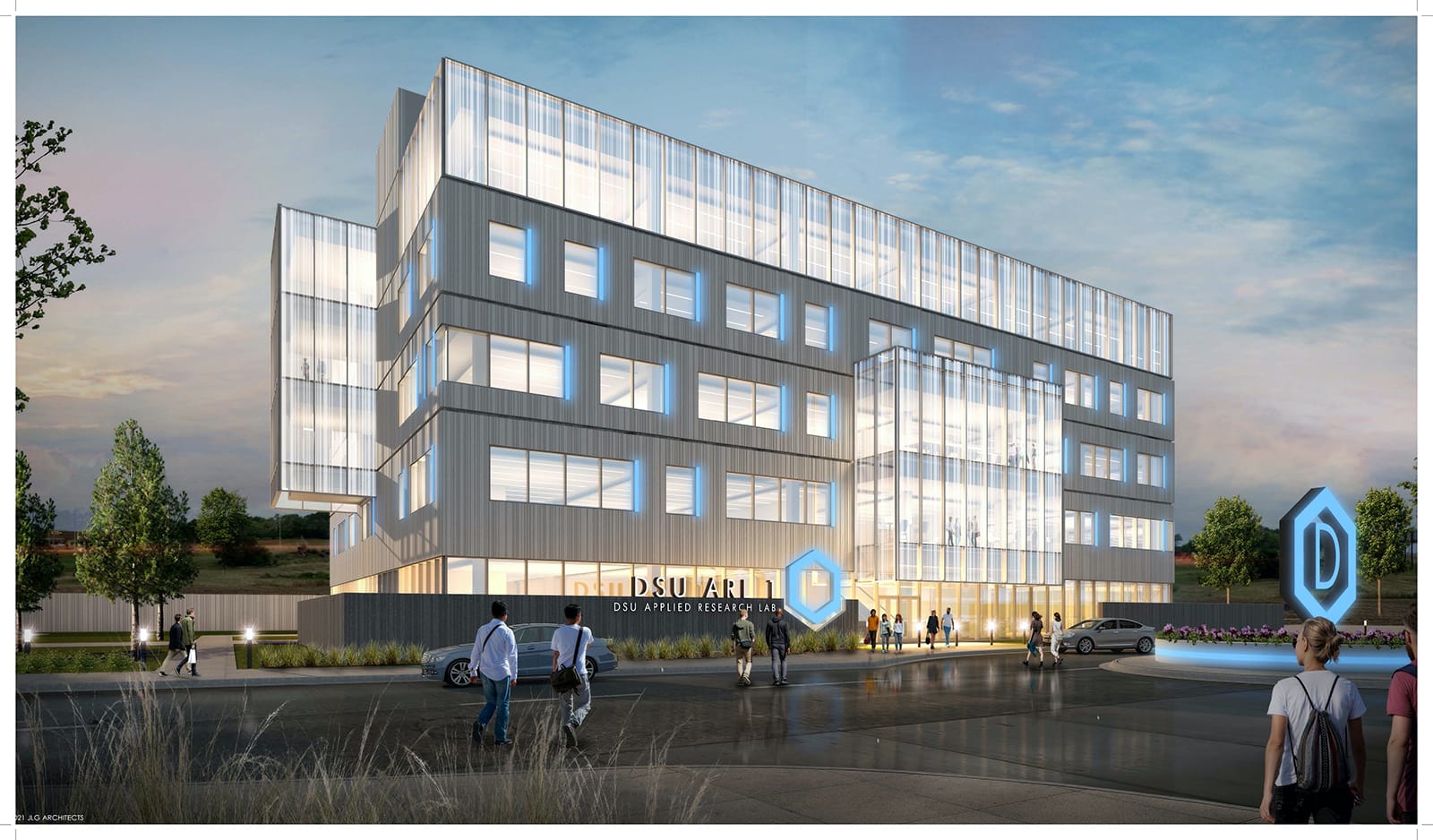
The university has created a private corporation to lead the lab and its programs, which will likely attract funding from private companies and the federal government and military. The Sioux Falls lab is being funded by a $50 million donation from philanthropist Denny Sanford, $30 million from the state and $10 million from the city of Sioux Falls.
The university has coalesced its cyber education and research efforts into what it calls the "Cyber 27 Initiative," a five-year plan that includes seven separate "pillars" upon which to make DSU "the top cyber program in the country," according to the university website.
The quantum science center is the logical next step in the evolution of the university's mission, according to Ashley Podhradsky, vice president for research and economic development at DSU.

"If you take a look at the timeline, you can see how we started with computer science, and that went into cybersecurity, and the evolution of that is going into quantum," Podhradsky said in an interview. "And if we don't have this center, we cannot keep going at the rate that we are in and will be stunted at our potential that we can do here."
Partly as a result, the university has seen an increase in outside funding opportunities and internal growth, Griffiths said. DSU also has bucked the recent trend of declining enrollment at state universities that have seen slow, steady declines in attendance. DSU‘s total enrollment last fall was 3,509, an increase of 8.3% over 2022.
Quantum Science Center a window of opportunity
As an example of how state investment in research can lead to greater outside funding, Podhradsky noted that a 2020 state appropriation of $400,000 for the Cyber Incubator and Entrepreneurial Center at DSU has since led to more than $2 million in external sponsorships for the university.
When it comes to quantum, Griffiths and Podhradsky said the university has already heard from corporations, universities and government contractors exploring future partnerships with DSU due to its track record on cyber research and simply the announcement of the proposed quantum center. A possible partnership with a university in Australia is in the works.
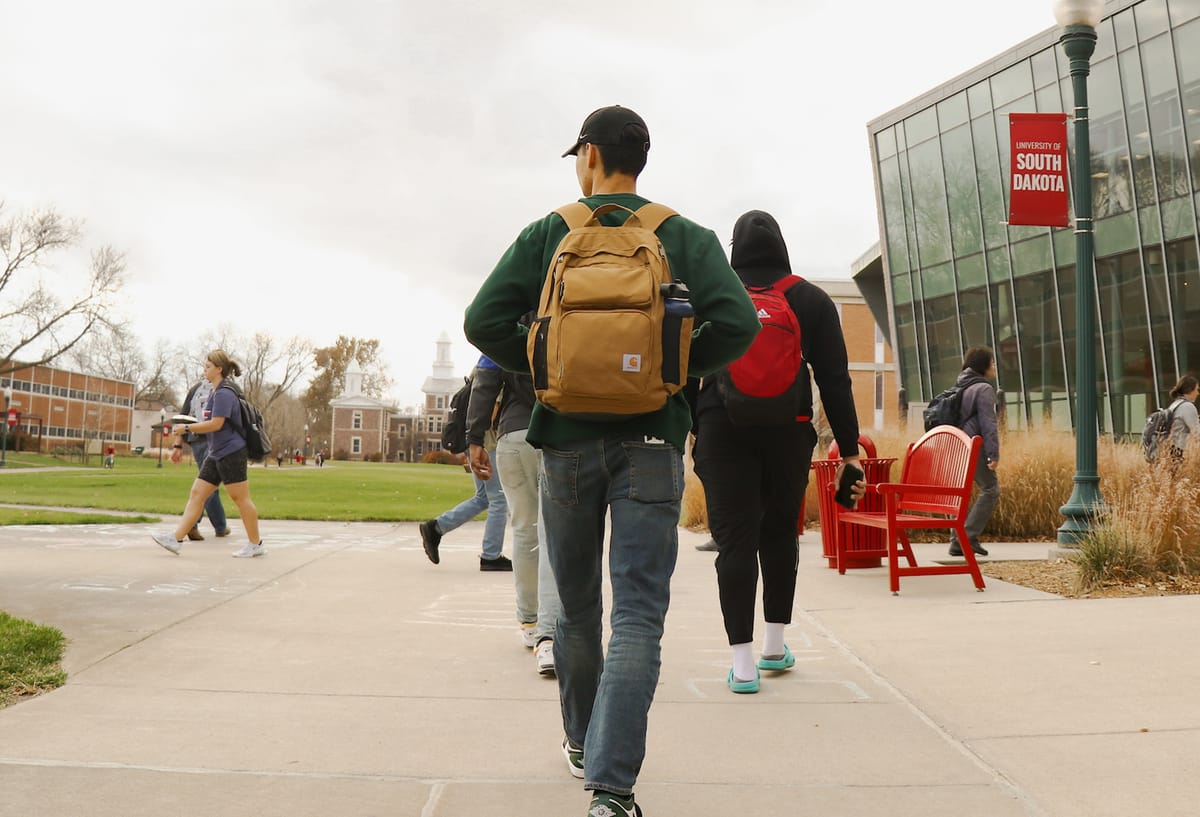
"It's the foundation that we're developing for future partnerships," Podhradsky said. "They're looking at it initially as a strategic advancement, as a defining factor to differentiate their capabilities from others. And if we're able to secure that for them here in South Dakota, that makes our partnership that much more valuable to them."
Griffiths hopes the Legislature sees the value in the proposed $6 million appropriation for the quantum science center and approves the money so universities can immediately begin recruiting faculty and student researchers to build the momentum built for the future.
"We want to say, ‘Let's get the expertise ready.’ And we're doing it in a shared way across four institutions, which I believe is the way to go. And then we will attract interest,” Griffiths said. "I just think that we have a real opportunity here, and if we stop, we won't be ready when the time comes. And we'll miss the whole thing."








